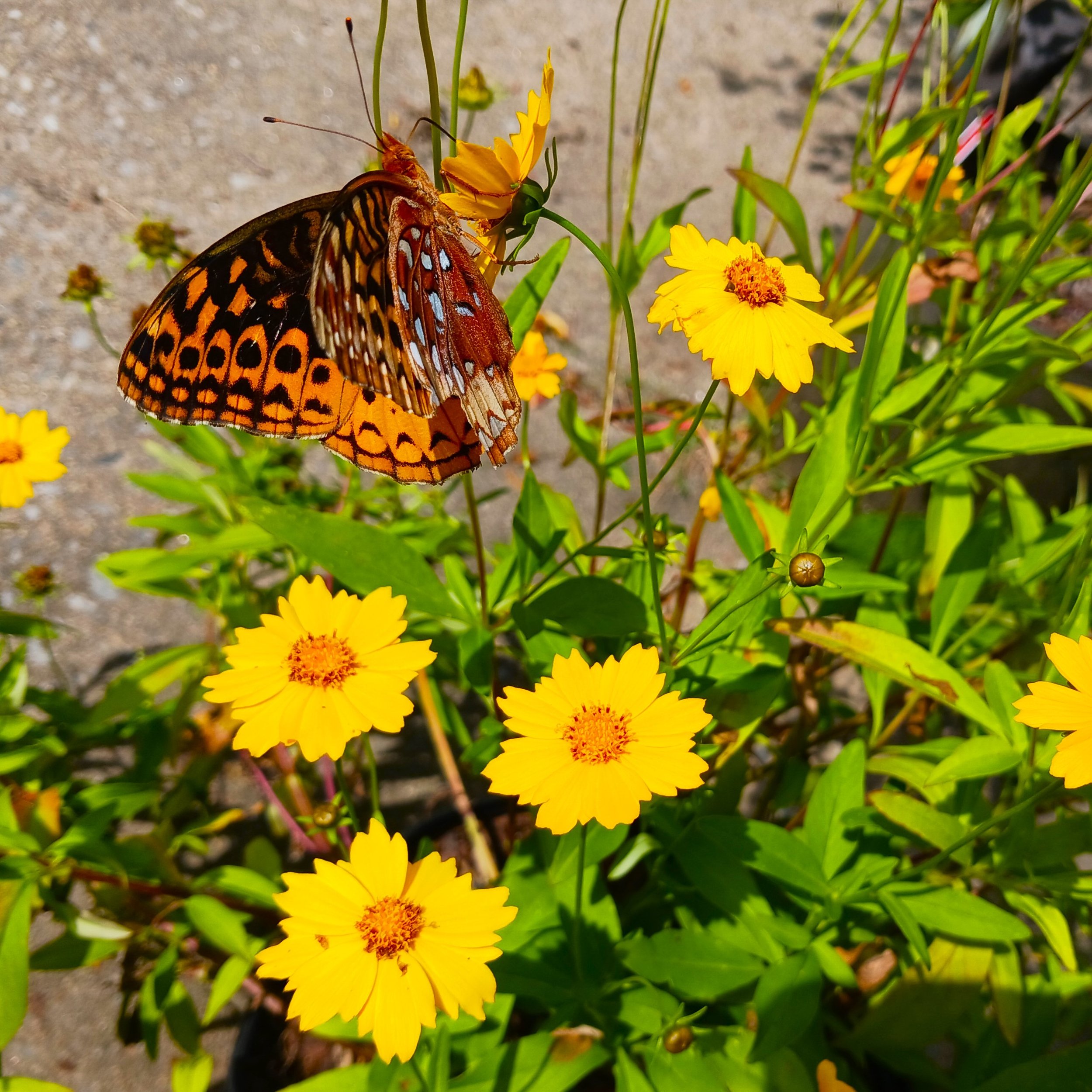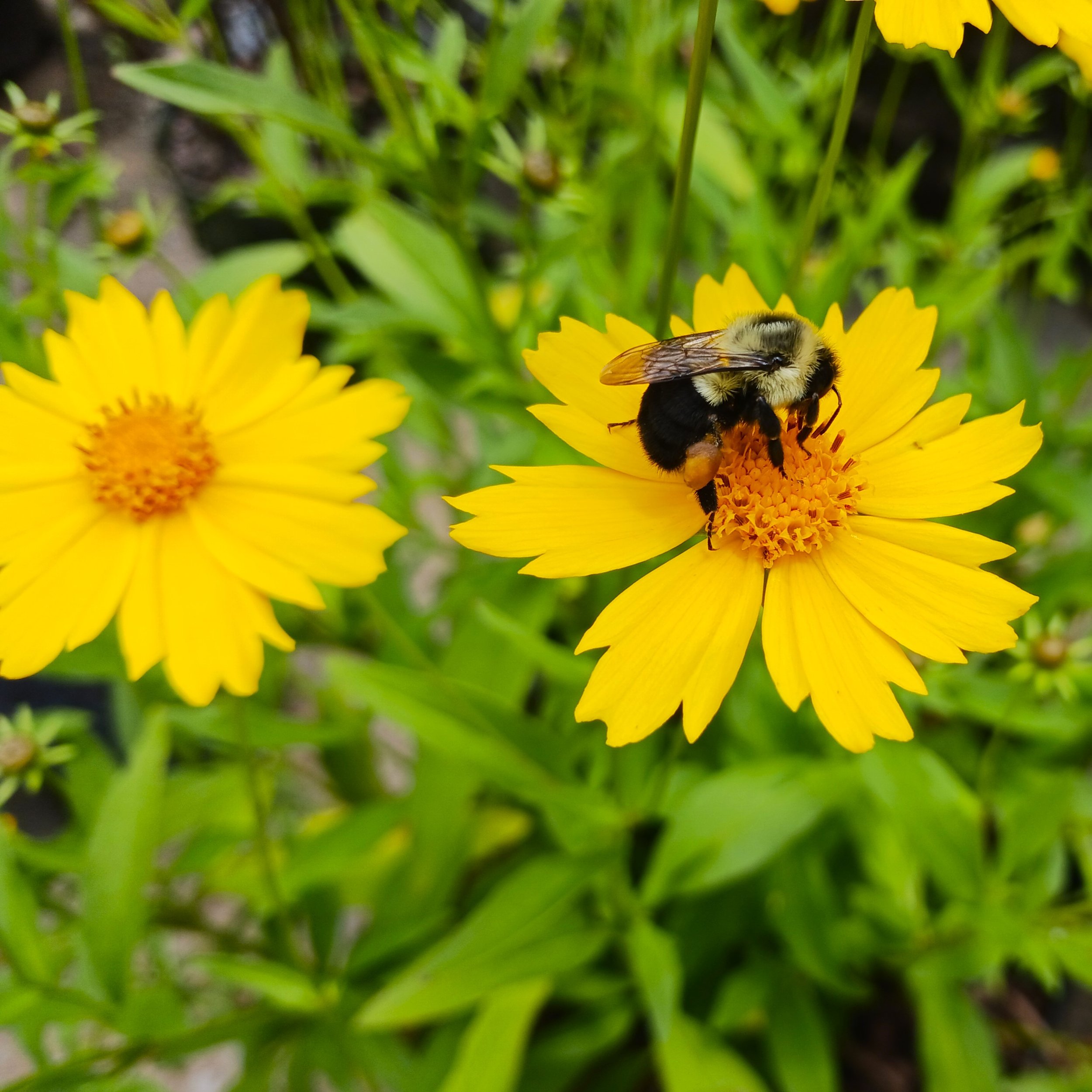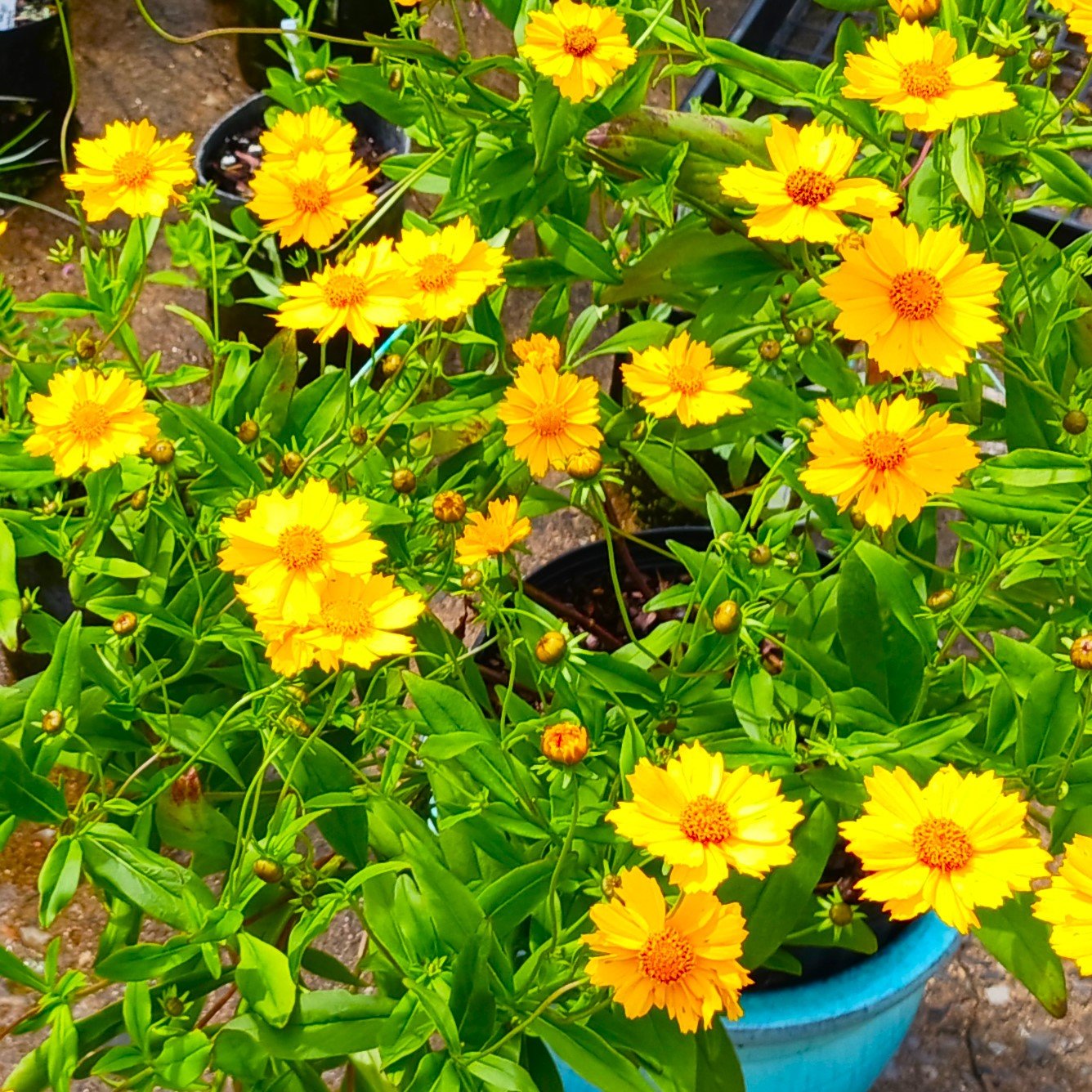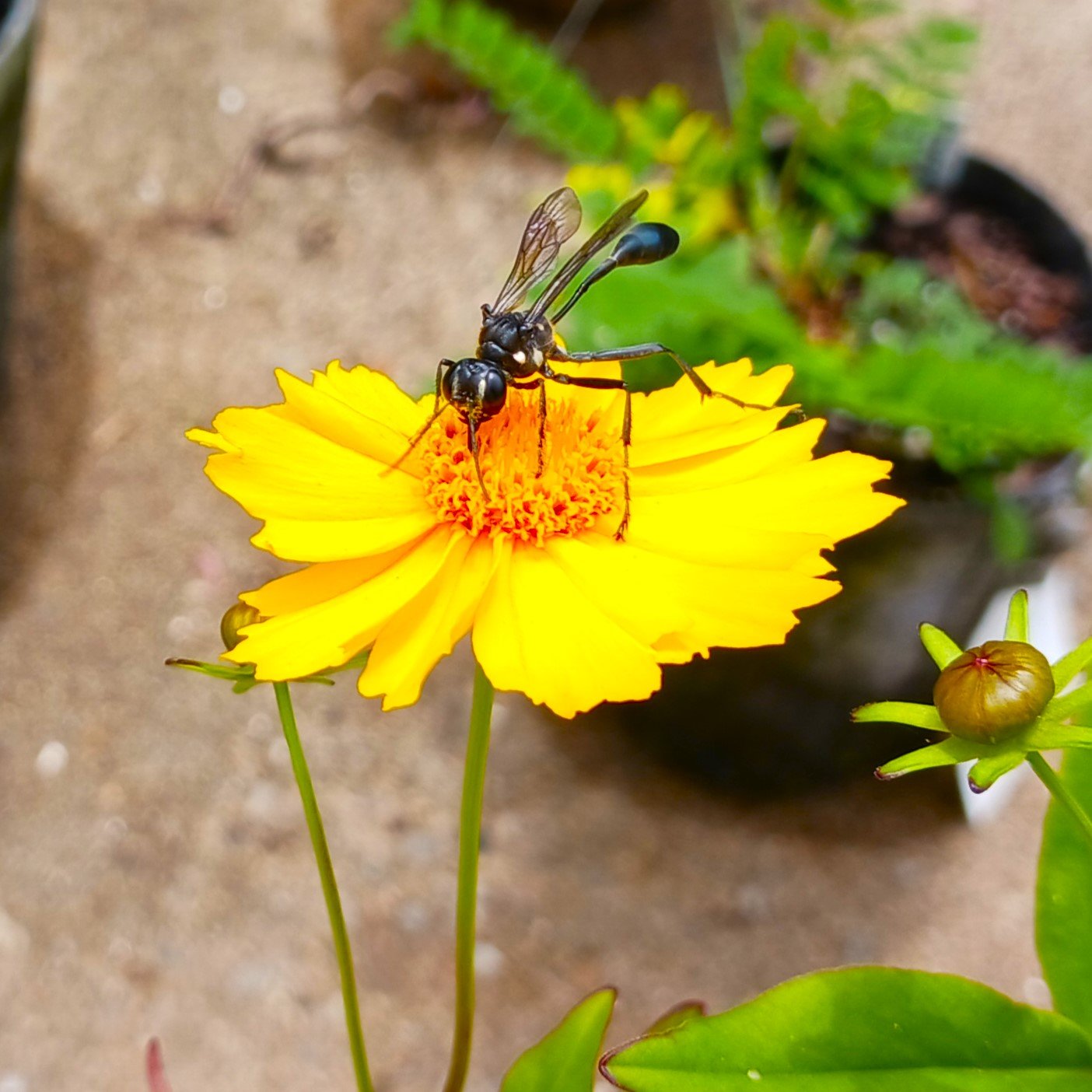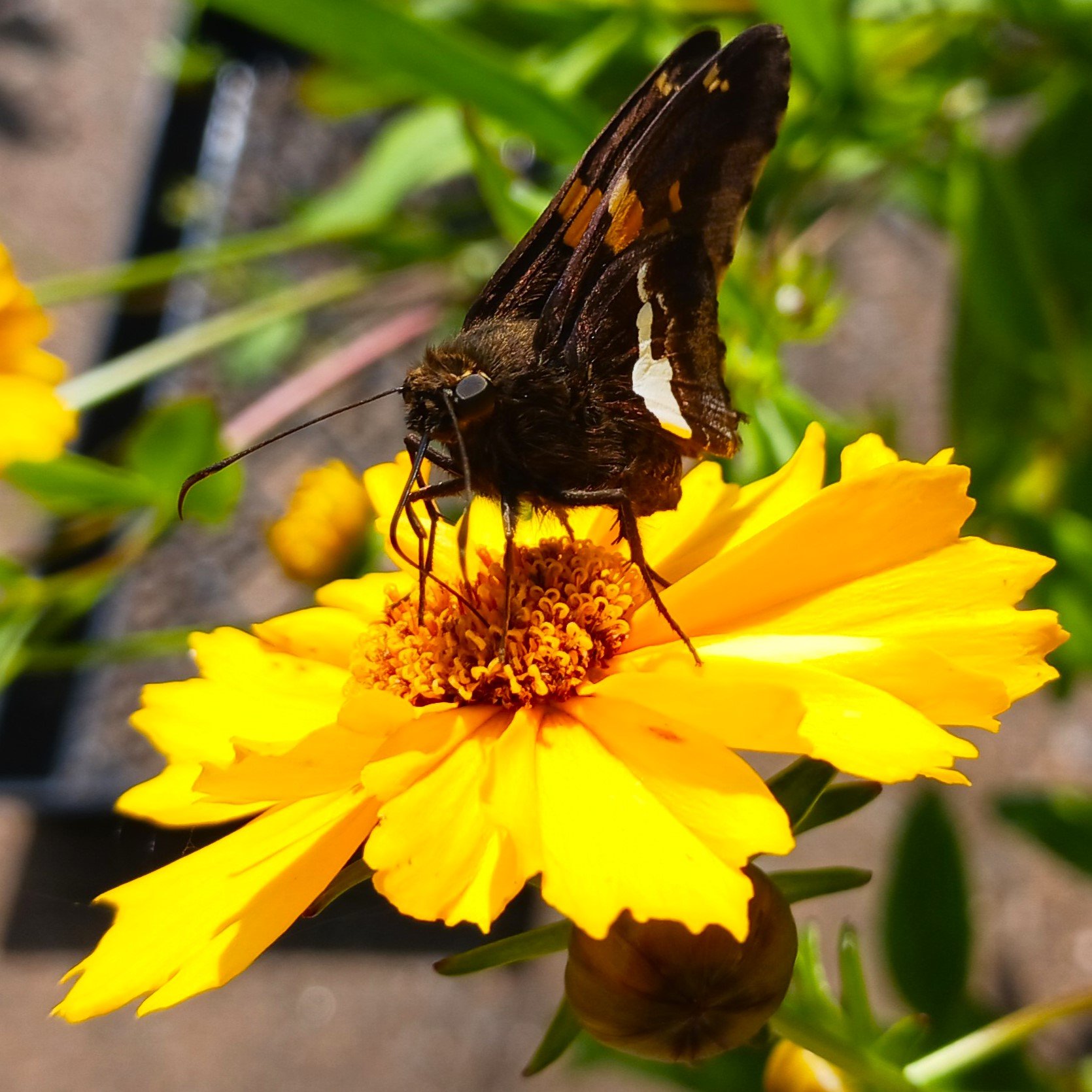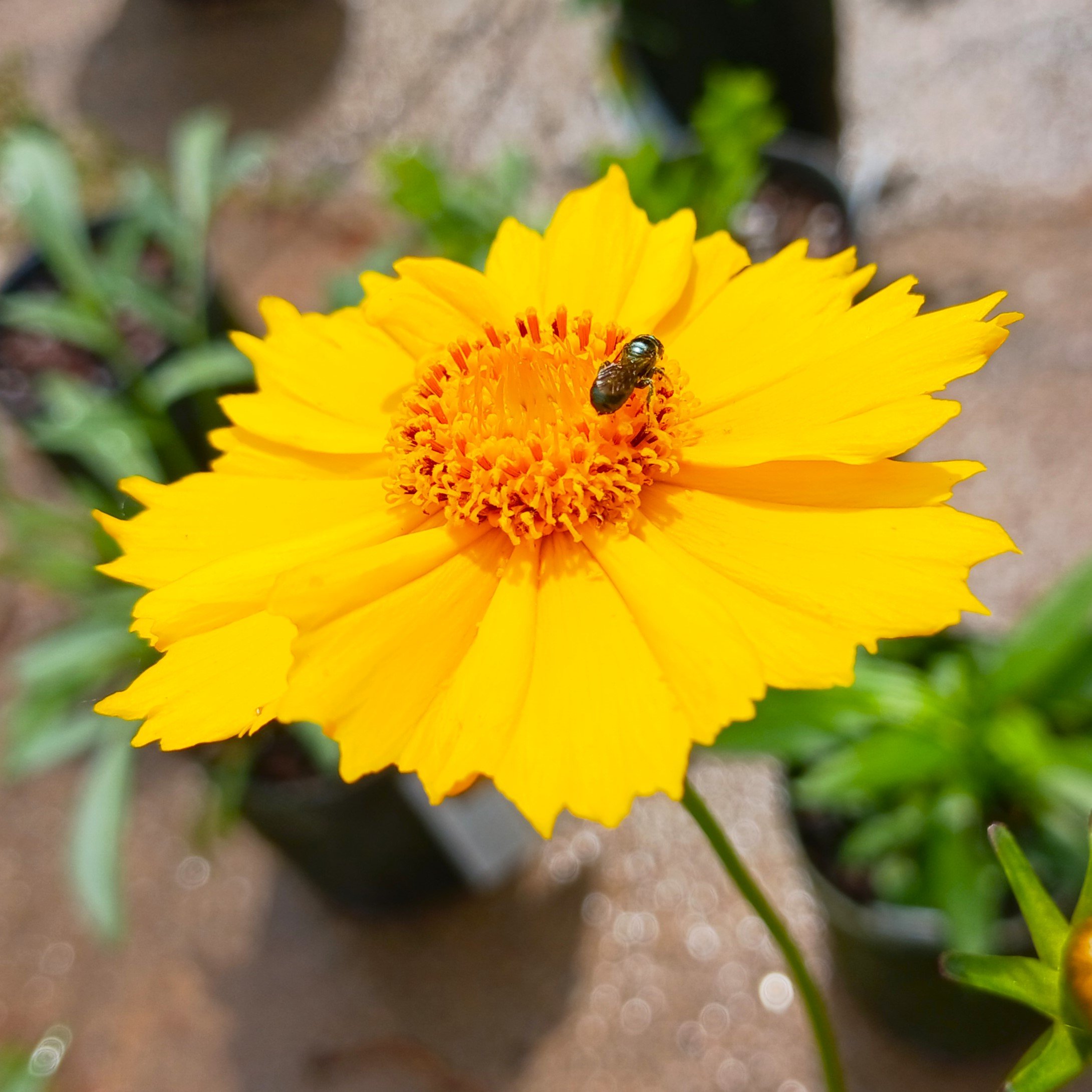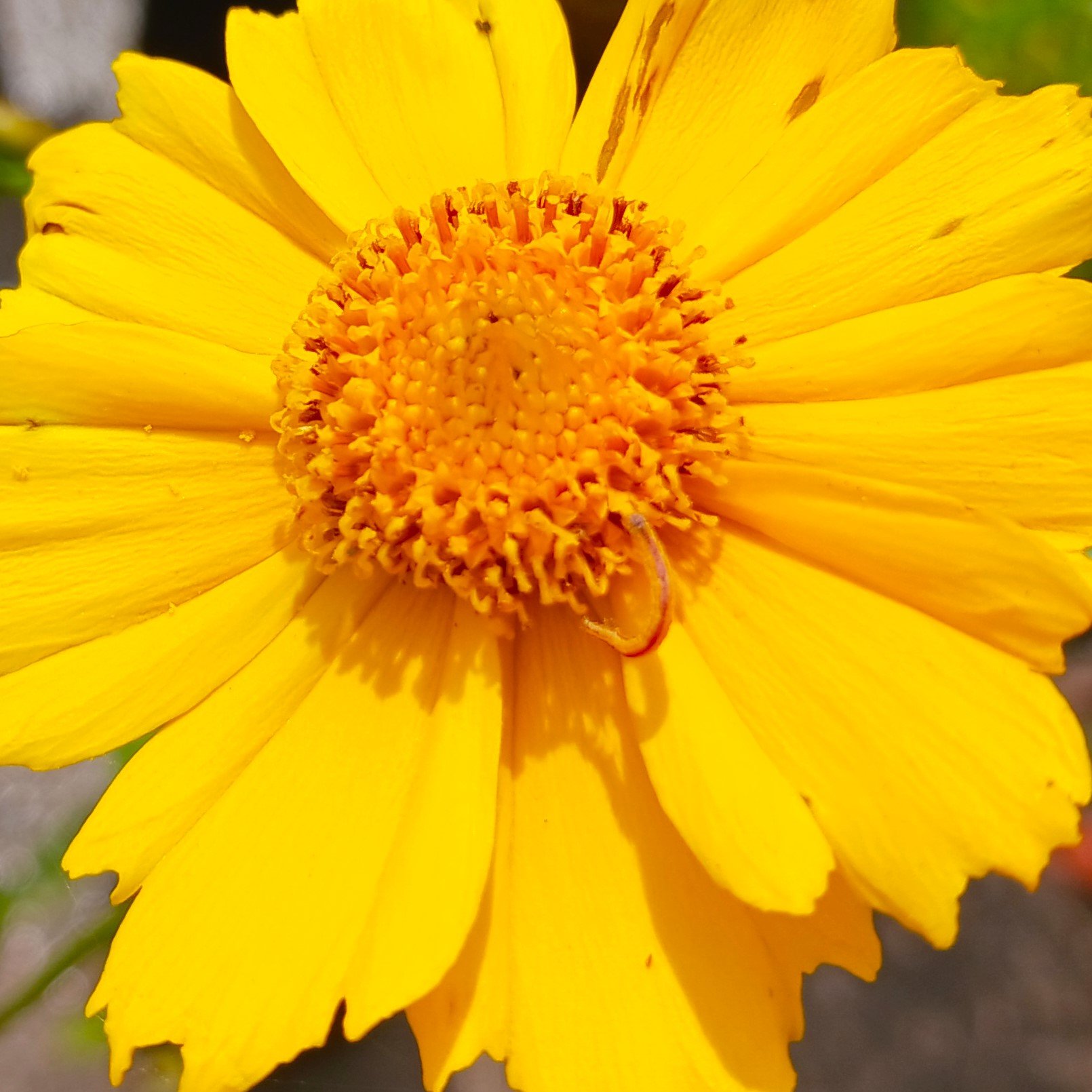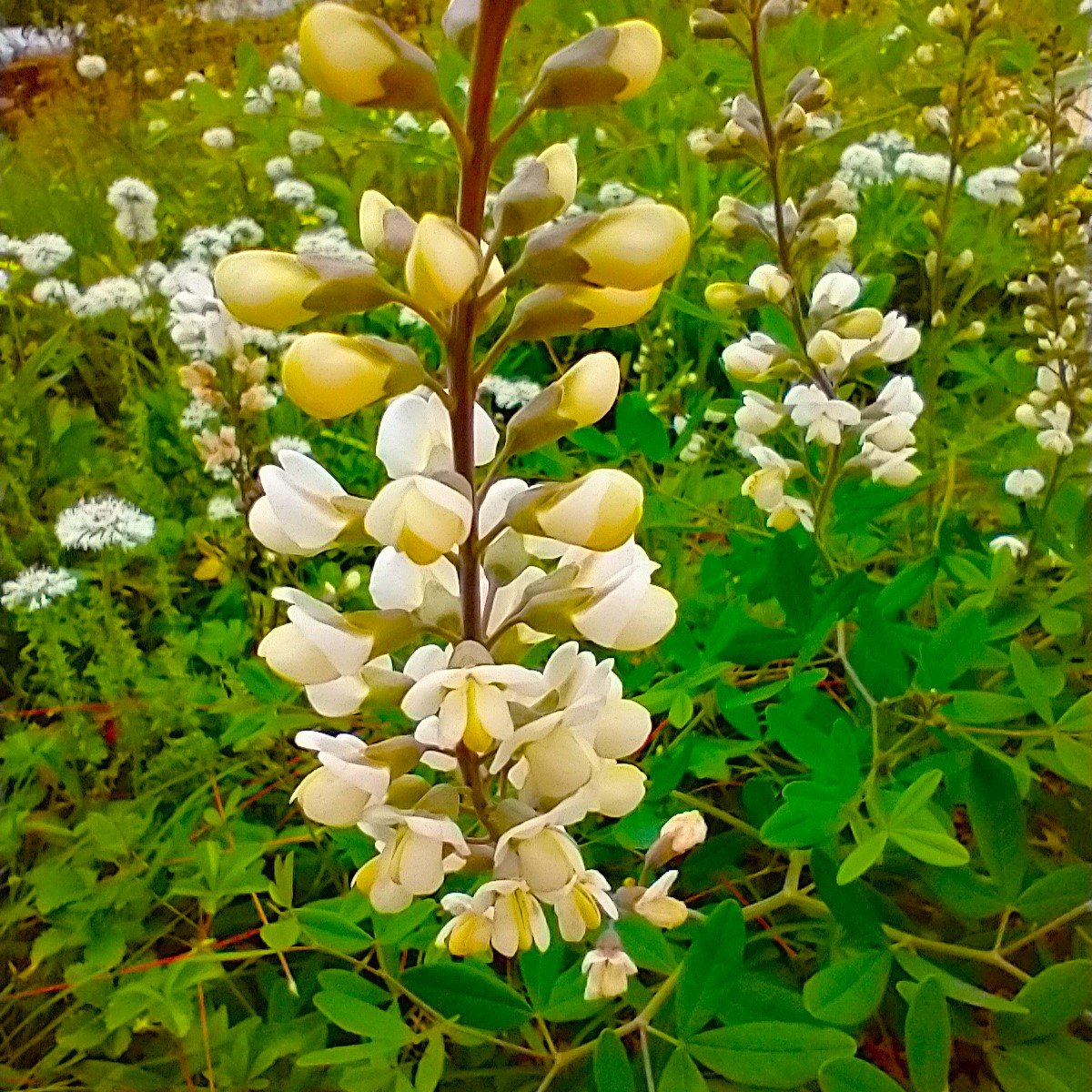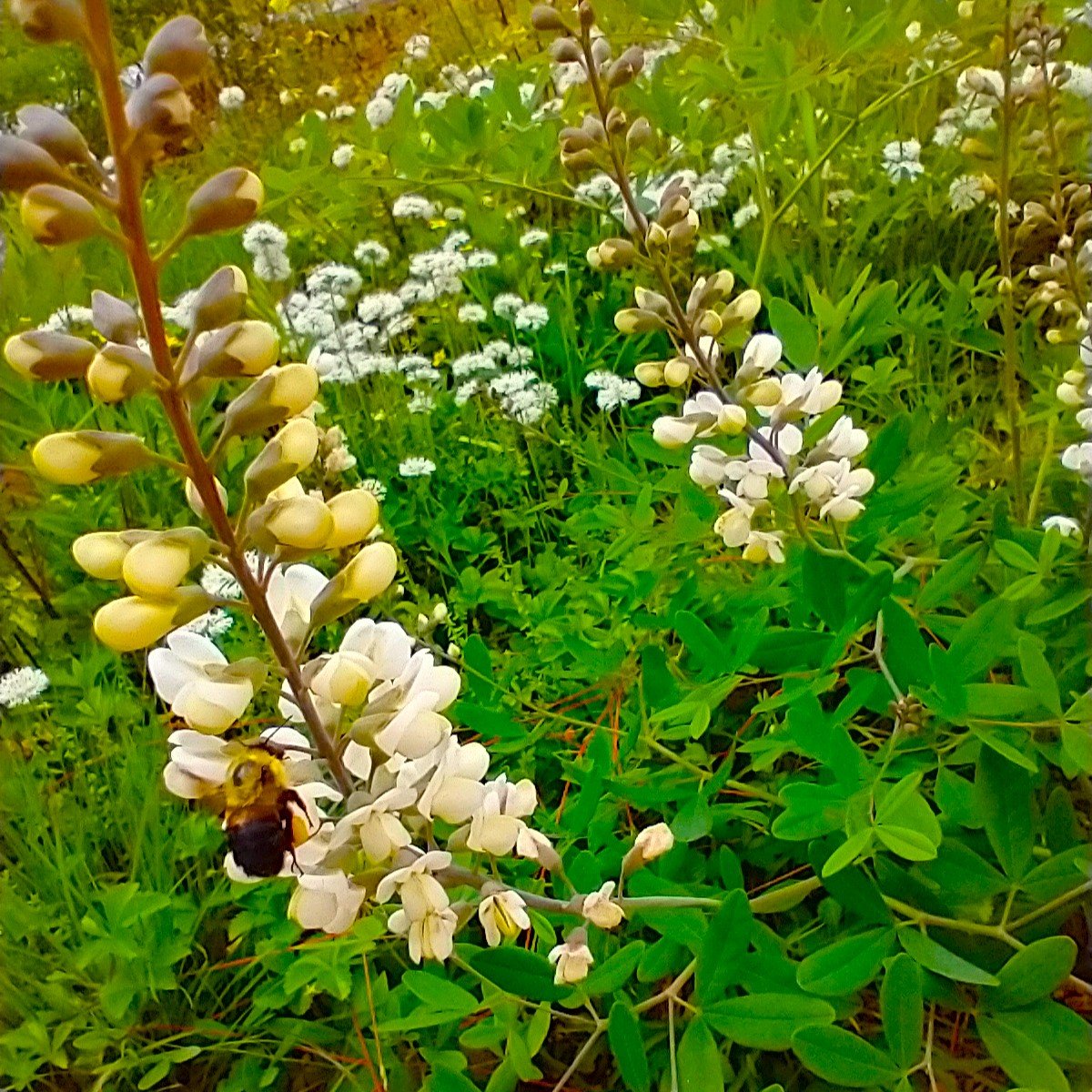Scrophularia marilandica (Late Figwort)
Scrophularia marilandica is a fascinating perennial, ideal for any true bug lover. It can grow vigorously in sun or full shade with unusual tiny round flowers that are highly attractive to pollinators. If adaptability and deer resistance are a necessity, this is the wildflower to consider!
Scrophularia marilandica is a fascinating perennial, ideal for any true bug lover. It can grow vigorously in sun or full shade with unusual tiny round flowers that are highly attractive to pollinators. If adaptability and deer resistance are a necessity, this is the wildflower to consider!
Scrophularia marilandica is a fascinating perennial, ideal for any true bug lover. It can grow vigorously in sun or full shade with unusual tiny round flowers that are highly attractive to pollinators. If adaptability and deer resistance are a necessity, this is the wildflower to consider!
For any garden intended to attract pollinators, wildlife, or beneficial insects for biological control, Scrophularia marilandica or Late Figwort is a must. It is a resilient perennial, tolerant of sun or shade. It performs well in moist, well-drained soils but can adapt to medium-dry areas. Stalks of Late Figwort can reach 6’ in height, but pair well with lower growing perennials with a 3’-4’ spread, especially in gardens with less light. It does not spread by rhizomes, and although it can reseed it is not considered weedy. In fact, the attractive foliage can provide a fall display, with stout square stems and unique seed pods. The blooms are individually unremarkable - small flowers of red and green. But they are each full of nectar and in profuse numbers, offering flowers for pollinators from late summer well into October or November.
Scrophularia marilandica is a major resource for wildlife. The flowers are known for a high nectar content, attracting hummingbirds, as well as a wide variety of pollinators: bees, butterflies, wasps, flower flies, and more. Its flowers are easy to access as well, making them suited for a broader diversity of species. Its foliage is profuse, making it a great host for insect herbivores, and its hollow, square stalks make excellent nesting cavities for overwintering insect species. Interestingly, it will still attract pollinators in dappled shade, which can normally be challenging for shady gardens. Scrophularia marilandica is also toxic to mammals, making it one of the most deer resistant herbaceous perennials.
Pollinators: bumblebees, halictid bees, leafcutter bees, long-horned bees, honey bees, butterflies, syrphid flies, wasps
Host Plant for Butterflies/Moths: Baltimore Checkerspot (Euphydryas phaeton), Geranium Plume Moth (Amblyptilia pica), Garden Tortrix (Clepsis peritana), Verbena Bud Moth (Endothenia hebesana), Eupithecia satyrata, Elaphria chalcedonia
Wildlife Value: Hummingbirds, flea beetles, gall flies, shelter, square-hollow stems
Deer Resistance: Excellent
Native Region: Appalachian Mountains, Piedmont, Coastal Plain
Seed Origin: USA
USDA Zones: 4-8
States found in our region: AL, DE, GA, KY, MD, NC, PA, SC, TN, VA, WV
Other states found: AR, CT, FL, IL, IN, IA, KS, LA, ME, MA, MI, MN, MS, MO, NE, NH, NJ, NY, OH, OK, RI, SD, TX, VT, WI



















